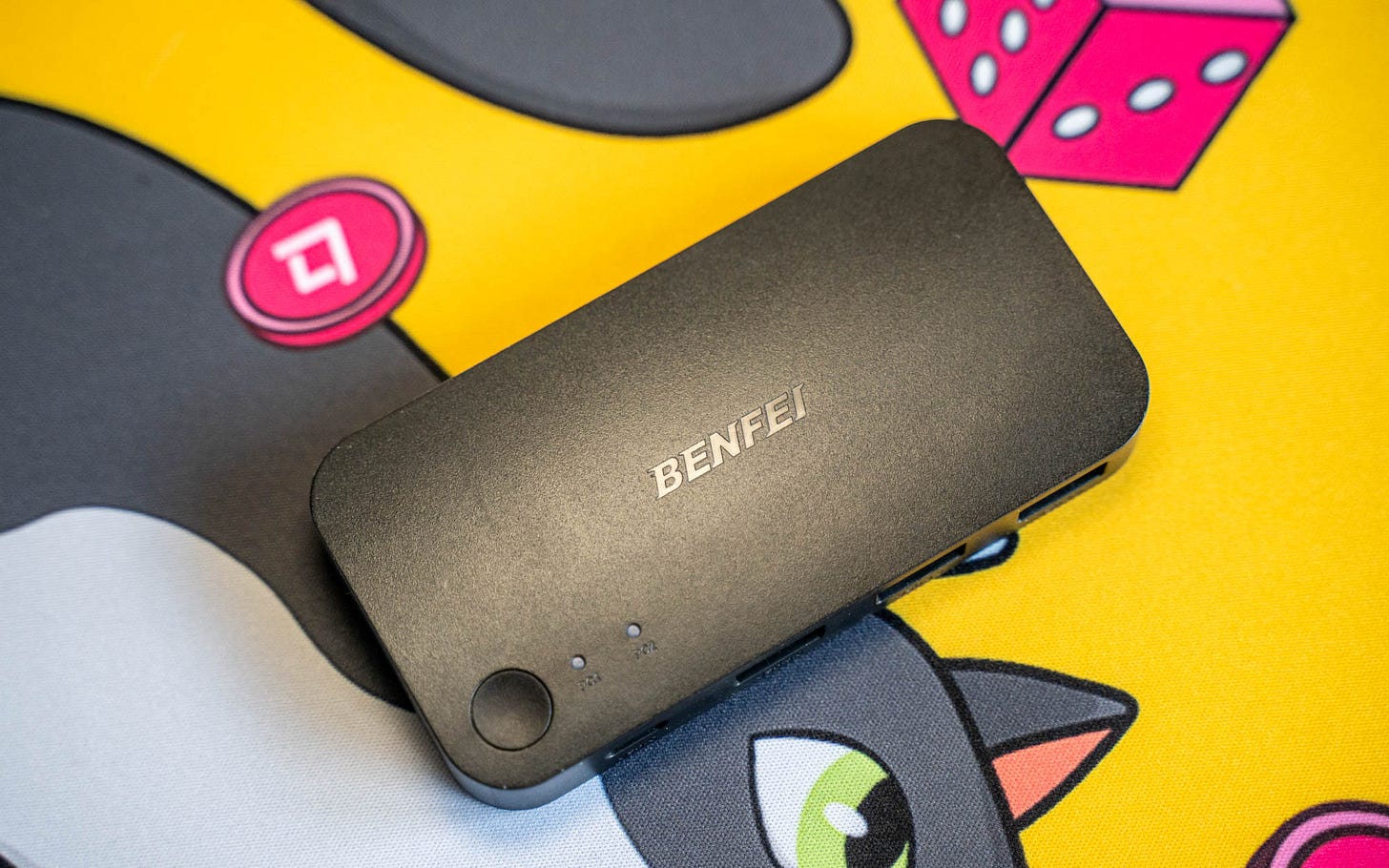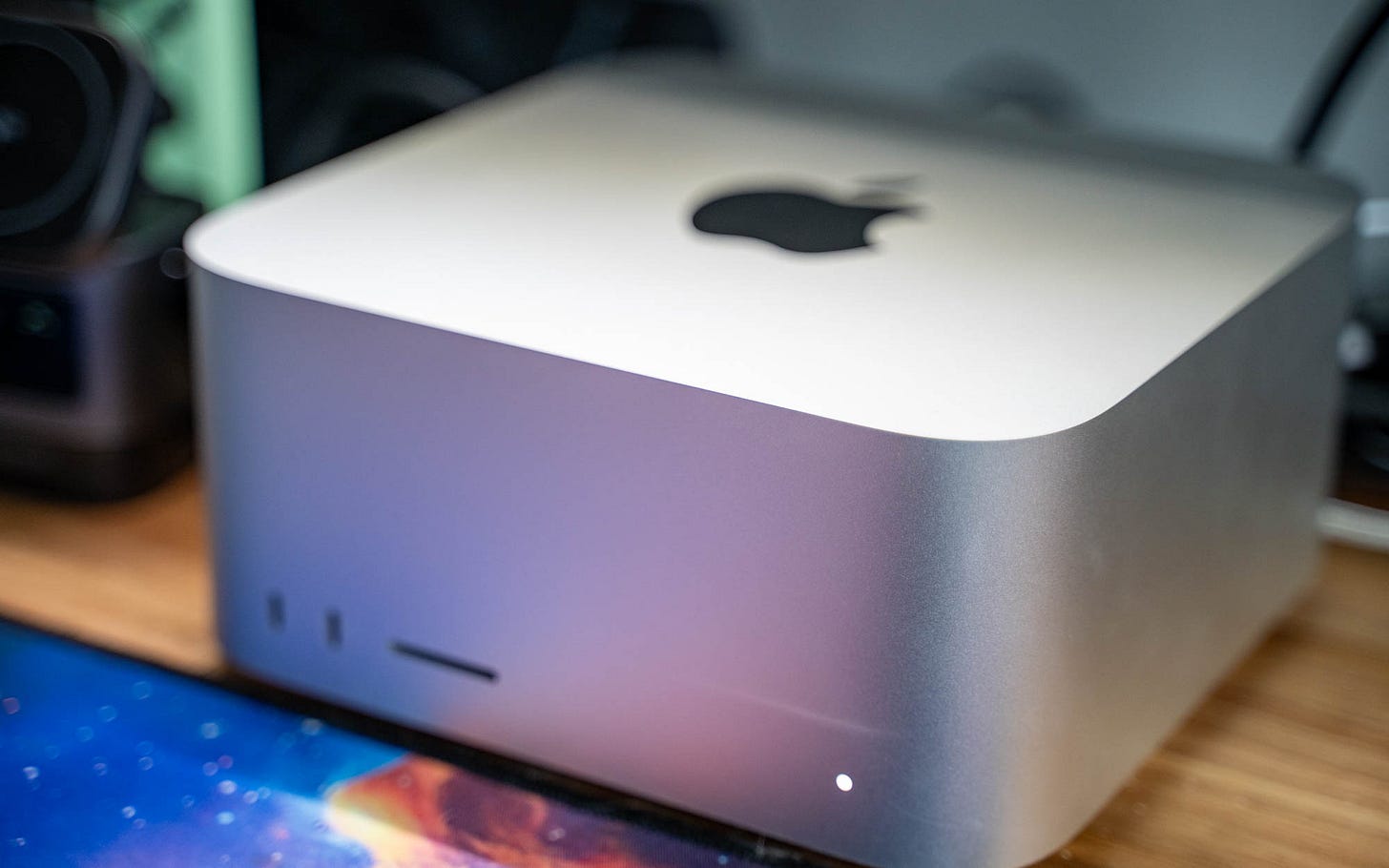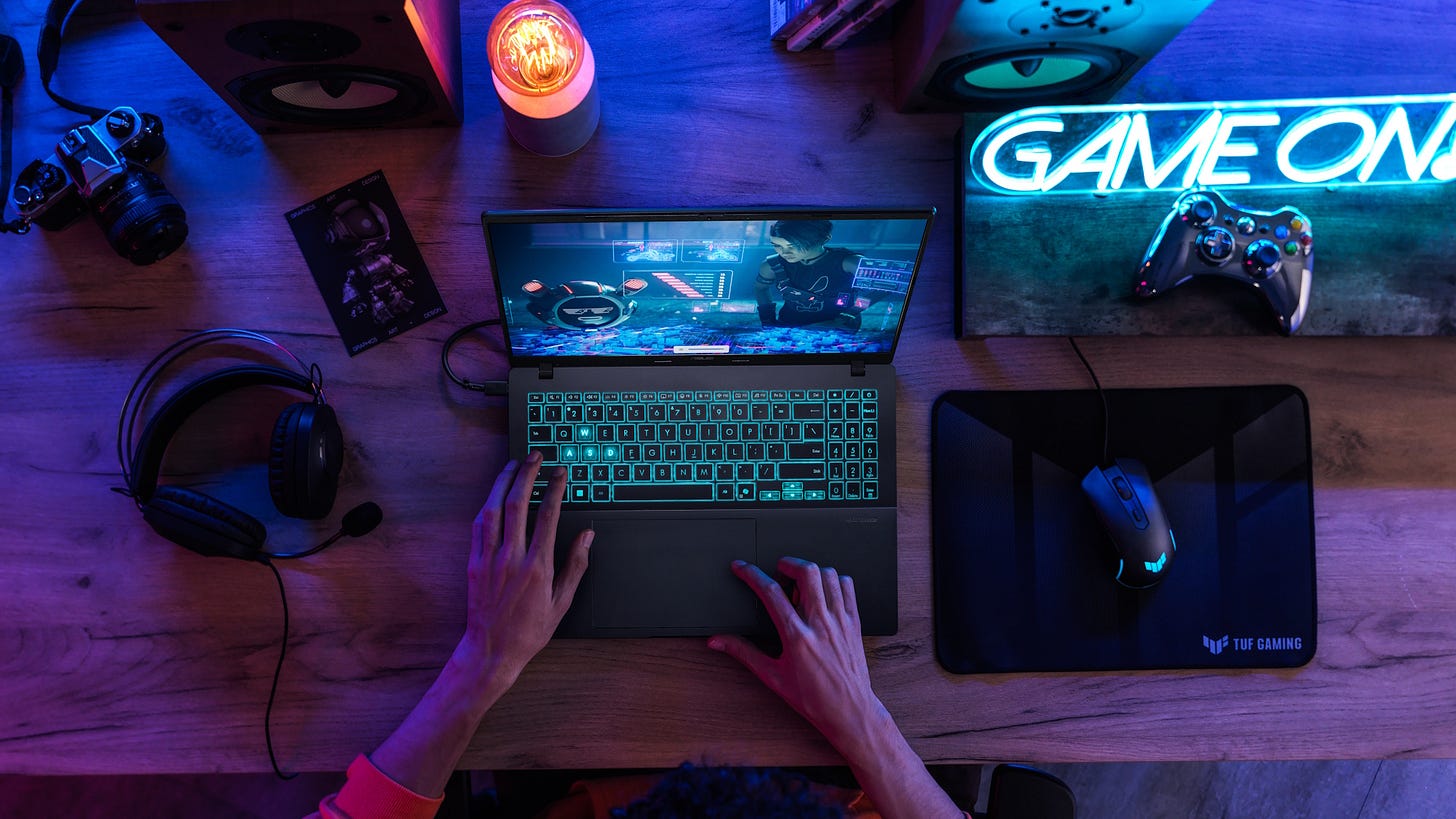Is the AI bubble blowing up?
We ask Google's AI Mode
Unless you have been living off grid, you may have heard about the disastrous GPT-5 rollout that forced OpenAI to bring back the older version, and cast doubt on the company’s direction. OpenAI CEO Sam Altman, though, basically doubled down, and talked about spending trillions on even more data centers, even as we are still figuring out the impact of AI’s growing demand for energy.
Adding fuel to this: A recent MIT report said that 95% of generative AI initiatives in companies are failing, which may have spooked some investors, prompting a re-evaluation about the AI boom. So, is there an AI bubble, and is it about to burst?
Guess what, as I was researching this topic, a helpful prompt popped up to tell me about Google’s AI Mode. This option in Google Search, which debuted in March, and is designed for more complex or multi-layered queries, is now available in Singapore (and in 180 new countries). It’s also multimodal, so you can use your voice, or ask questions based on a photo.
So what did AI Mode say about my AI bubble query? Well, it gave different writeups but reached a similar conclusion — basically it’s more of an “AI correction” rather than a “full-scale AI bubble bursting” — with a list of “for” and “against” arguments. There were also 12 links at the side about the topic from sources like Forbes, The Guardian, and even a couple of YouTube videos.
For most non-experts, AI Mode probably offers the right amount of information about a topic. It feels more comprehensive than Google’s AI Overview, and the links it included give the impression that it knows what it’s talking about. And it certainly beats going through pages of web links to find what you want.
An example that Google used to introduce AI Mode in Singapore was creative ways for an active person to spend SG60 vouchers. This query resulted in suggestions like indoor skydiving and kayaking. Doing a similar query the old-school way threw up more links on spending and claiming the SG60 vouchers, which weren’t relevant.
And AI Mode can potentially become even more capable. In the US, Google is offering a Deep Search option in AI Mode that dives further into a topic for Google AI Pro and AI Ultra subscribers. The company also recently rolled out agentic capabilities for AI Mode in the US for its AI Ultra subscribers. In short, the Google Search that we know is going to look very different in the next few years.
This week, we tried out an affordable KVM switch that supports only USB devices, tested the powerful Apple Mac Studio, and gamed on a slim gaming laptop from Asus that’s built for those on a budget.
The Benfei USB 3.0 KVM Switch Box is unusual for a KVM switch. It only supports USB devices, so there’s no video output to switch between displays. But it may make sense for users who just want to toggle between USB peripherals, including USB storage devices. It’s also relatively affordable at around S$50.
The power of a desktop PC but at a fraction of the size. That’s what you’re getting with the compact and capable Apple Mac Studio. You’ll also get plenty of ports, including four Thunderbolt 5 ports, two USB-C ports, HDMI 2.1, 10Gbps Ethernet port, 3.5mm audio port, and a SDXC card slot. Basically everything you need, as well as the performance to breeze through demanding tasks like video editing and running LLMs locally.
If you’re looking for a somewhat portable gaming laptop that’s reasonably priced, and good enough for most games, consider the Asus Gaming V16. It costs around S$2,000 for a version with a mid-range Nvidia GeForce RTX 5060, though you can go even lower with the entry-level RTX 5050 option. Of course, some corners have been cut — the display only has a 144Hz refresh rate, for example — but it could be a worthwhile trade-off.





